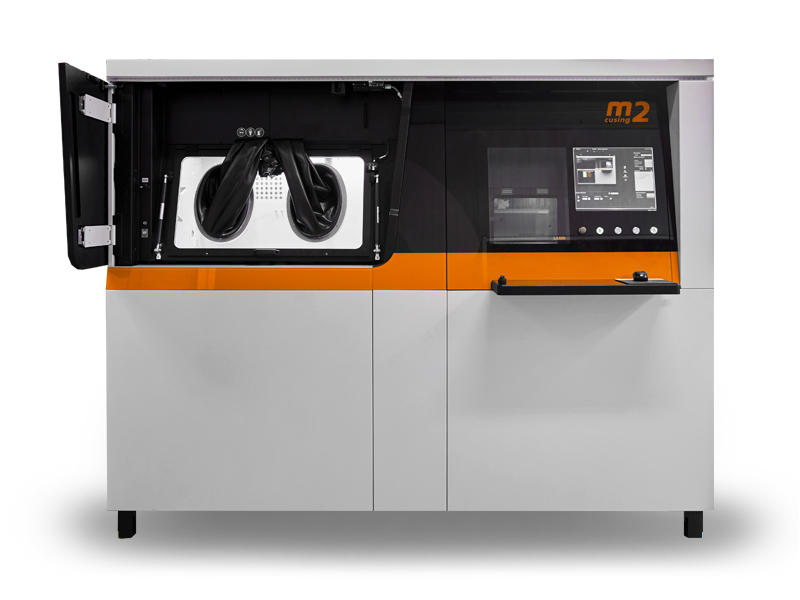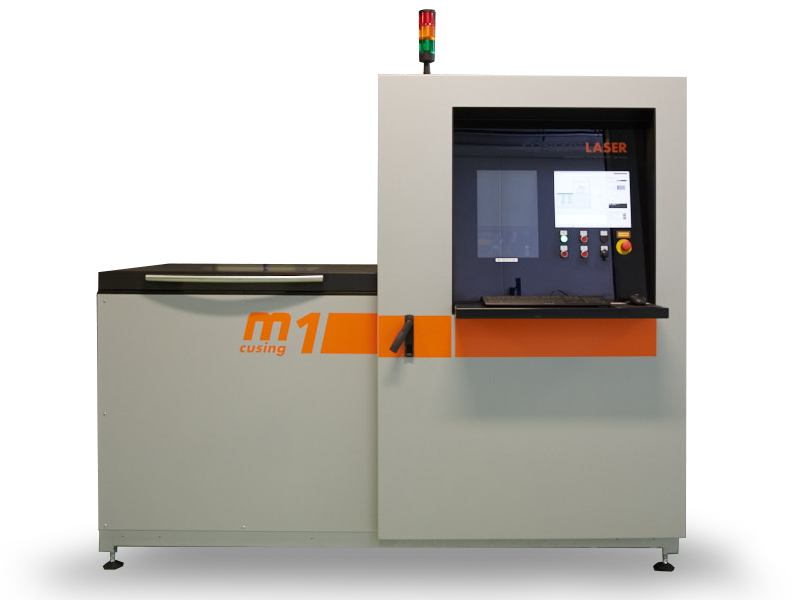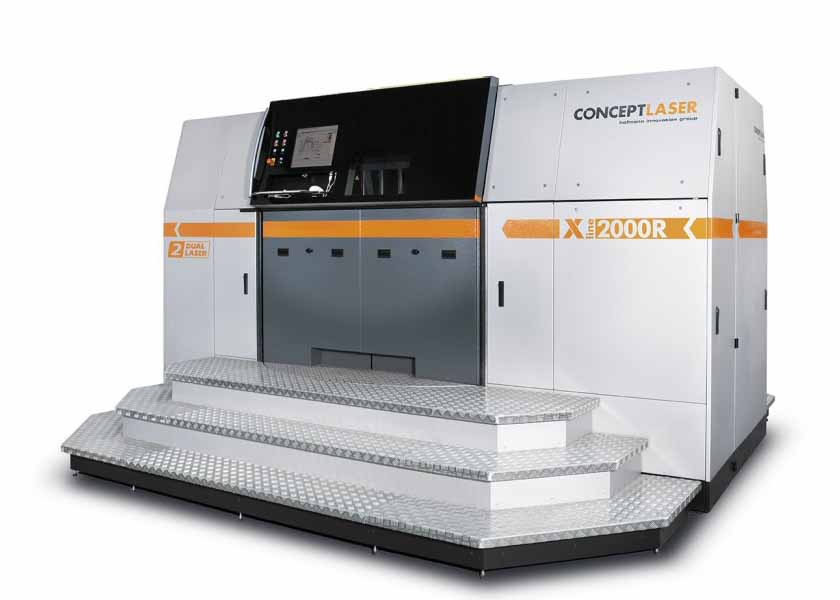In 2019 the world industry of additive manufacturing, including products and services, grew by 21.2% reaching 11.867 billion dollars. The figure emerges from the Wohlers Report 2020, an account dedicated to 3D printing that has reached its 25th edition, performed by the homonymous consulting firm Wohlers Associates.
In 2007, Ciesse was one of the first Italian companies to install an M2 Cusing of the German Concept Laser, pioneer in the manufacturing of machinery for additive manufacturing in metal, acquired in 2016 by General Electric and now part of GE Additive.
During the years, after this first machine new systems were installed, to the point that the machine fleet of the company now counts four M2 Cusing and one M1 Cusing. Ciesse was also the first Italian company to install an X Line 2000 R, machinery by Direct Metal Laser Melting with a build volume of 400X800X500 mm3. Operating in the automotive and racing sectors, in packaging, aerospace, aviation and defense, the company associates to additive production the traditional chip removal methods (milling, lathing and EDM), often used together especially for the control of dimensional tolerances and surface roughness of the raw component printed in 3D.
Besides combined manufacturing (additive manufacturing and CNC machining), Ciesse adds productions exclusively with chip removal, always for the same broad array of reference sectors.
Not all mechanical components have the right features to be manufactured with additive technologies; this is why a careful evaluation and ongoing collaboration with the customer is required for the design of components, thus taking in consideration the technologies employed in the various process stages.
Components typically obtained by combining traditional technologies and welding are especially suitable to be made with additive technologies, which offer the advantage of a production in a single step: more in general, components with complex geometries optimized with the goal of maximizing their operating performances are ideal (for instance, with internal cooling circuits, very thin walls, internal weight reductions). With the largest of the range, the X Line 2000R, Ciesse manufactures combustion chambers for launch vehicles and prototypes for aircraft exhausts. Several materials can be used by Ciesse for additive manufacturing in metal, such as for instance Inconel 625/titanium and aluminum alloys, with broad applications in the racing sector and more specifically for components of the engine/exhaust; Inconel 718 greatly used in the as explained by the Materials Engineer who manages it “is constantly active in the search for specific parameters that can improve quality and ensure reliability of the products, together with the definition of quality control methods of the powders fundamental for the process”.
Several materials can be used by Ciesse for additive manufacturing in metal, such as for instance Inconel 625/titanium and aluminum alloys, with broad applications in the racing sector and more specifically for components of the engine/exhaust; Inconel 718 greatly used in the as explained by the Materials Engineer who manages it “is constantly active in the search for specific parameters that can improve quality and ensure reliability of the products, together with the definition of quality control methods of the powders fundamental for the process”.
Besides the already mentioned General Electric which, apart from the German Concept Laser, has acquired the Swedish Arcam (specialized in EBM, electron beam melting) and with it, the powder manufacturer AP&C powders there are by now several large and medium companies that operate in the sector (Ford, Toyota just to mention a few) and which sometime outsource to external manufacturers the stages of prototyping and the tests on specific component that have a potential for
additive manufacturing and which are currently made with traditional processes such as machine tool, fusion and assembly. In an interview to Forbes, Terry Wohlers talking about the perspectives of additive technologies post-Covid said, “The virus has brought a lot of attention to AM from the countless efforts around the production of face shields, nasal swabs, and ventilator parts. However, these efforts have not come close to making up for the loss in revenues from product sales and AM services”.
*this article was published on the November 2020 issue of Rapid Product Development. You can read the full version at this link: https://www.sfogliami.it/fl/211822/cj96u34xu8sfh3dtcq84s6j9ysp87zr



